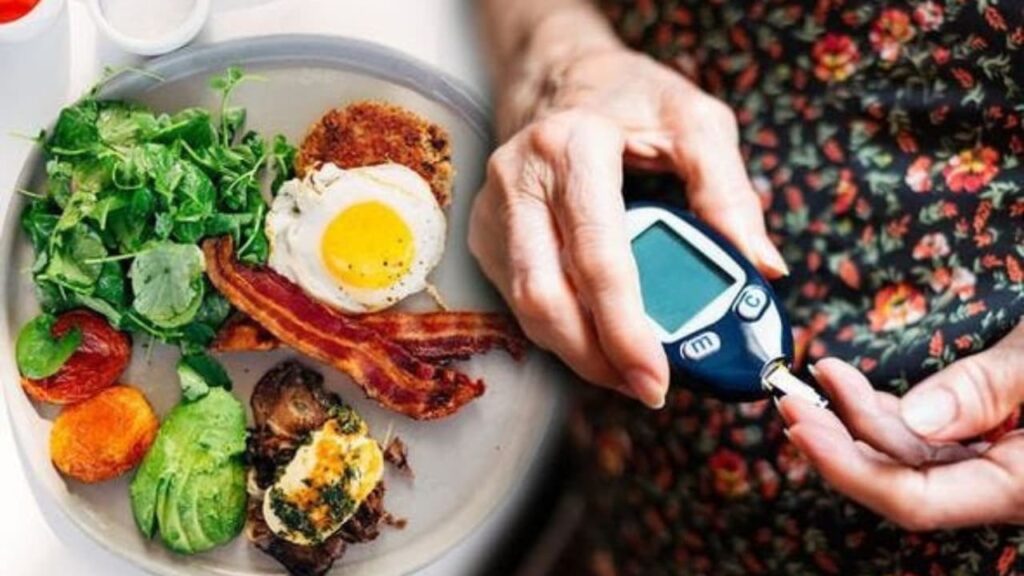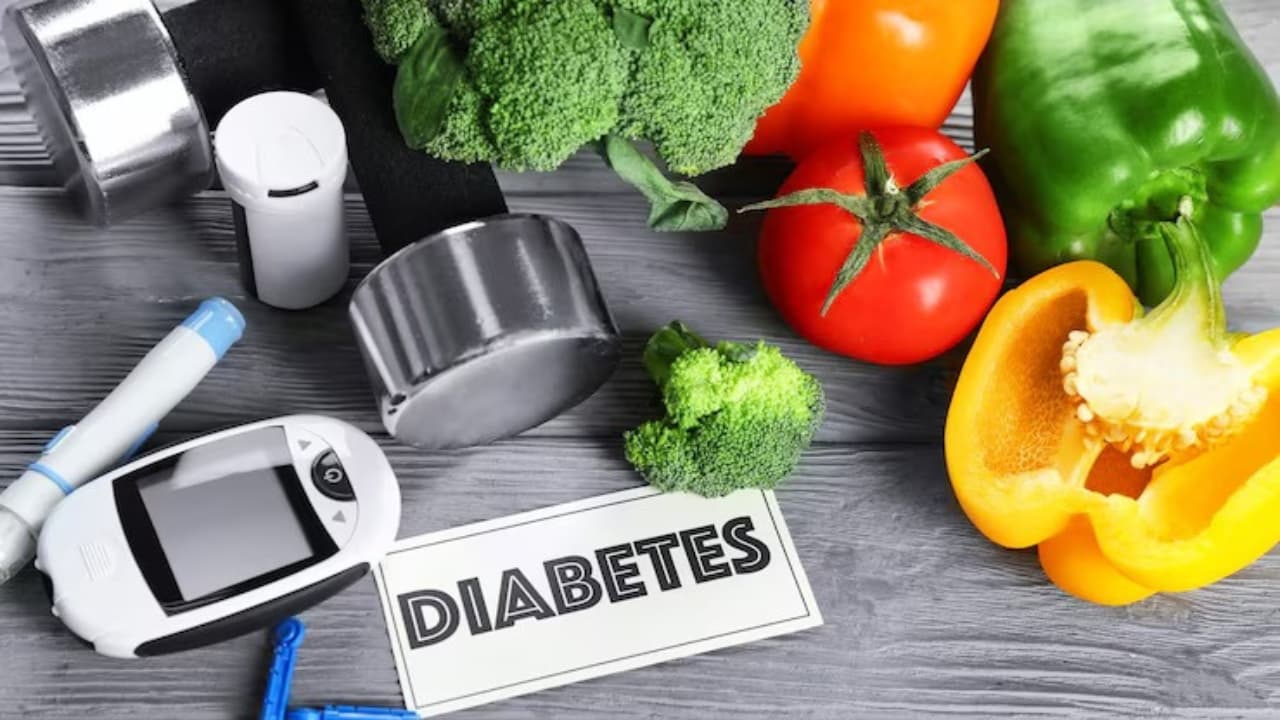Table of Contents
ToggleAs someone living with diabetes, I’ve always been on the lookout for ways to manage my blood sugar levels better. When I first heard about the keto diet, I was skeptical. Could a high-fat, low-carb diet really help with diabetes? Well, let me tell you, it’s been a game-changer for me and many others. In this article, I’ll share everything I’ve learned about the keto diet for diabetics, including its benefits, potential risks, and how to get started.
What’s the Deal with Keto and Diabetes?
Before we dive in, let’s quickly recap what the keto diet is all about. The ketogenic diet is a high-fat, moderate-protein, and very low-carb eating plan. By drastically reducing carb intake, your body enters a state called ketosis, where it burns fat for fuel instead of glucose.
Now, here’s why this matters for us diabetics:
• Lower blood sugar levels: Fewer carbs mean less glucose in your bloodstream
• Improved insulin sensitivity: Your body becomes more responsive to insulin
• Weight loss: Many people find it easier to shed pounds on keto
• Reduced medication needs: Some folks can lower their diabetes meds (always consult your doctor first!)
My Keto Journey: From Skeptic to Believer

When I first started keto, I was worried about eating so much fat. Wasn’t that supposed to be bad for my heart? But after doing my research and talking to my doctor, I decided to give it a shot.
Within a few weeks, I noticed:
• More stable blood sugar readings
• Fewer hunger pangs and cravings
• Increased energy levels
• Gradual weight loss
Of course, it wasn’t all smooth sailing. I had to learn new recipes, deal with the “keto flu” (more on that later), and adjust my diabetes management. But for me, the benefits have far outweighed the challenges.
Getting Started: Keto 101 for Diabetics
Ready to give keto a try? Here’s what you need to know:
1. Talk to your doctor first
This is crucial! Your healthcare team needs to be on board and may need to adjust your medications.
2. Understand your macros
Typically, the keto diet consists of:
• 70-80% fat
• 20-25% protein
• 5-10% carbohydrates
3. Stock up on keto-friendly foods
Some of my favorites include:
• Avocados
• Nuts and seeds
• Fatty fish (salmon, mackerel)
• Eggs
• Leafy greens
• Berries (in moderation)
4. Track your carbs
Aim for 20-50 grams of net carbs per day (total carbs minus fiber).
5. Monitor your blood sugar closely
You may need to check more frequently as your body adjusts.
6. Stay hydrated
Drink plenty of water and replenish electrolytes.
Navigating Challenges: Tips from a Fellow Diabetic
Let’s be real – starting keto isn’t always easy, especially when you’re managing diabetes. Here are some challenges I faced and how I overcame them:
The Keto Flu

During the first few days, you might experience:
• Headaches
• Fatigue
• Irritability
• Nausea
My tips:
• Stay hydrated
• Increase your salt intake
• Get plenty of rest
• Consider electrolyte supplements
Hypoglycemia Risk
Low blood sugar can be a concern, especially if you’re on insulin or certain medications.
How I handle it:
• Work closely with my doctor to adjust meds
• Always carry fast-acting glucose
• Check blood sugar more frequently
Meal Planning and Prep
It takes time to adjust to a new way of eating.
What works for me:
• Batch cooking on weekends
• Keeping keto-friendly snacks on hand
• Finding keto versions of my favorite foods
Social Situations
Eating out or attending gatherings can be tricky.
My strategies:
• Look up menus in advance
• Offer to bring a keto-friendly dish to share
• Focus on socializing, not just the food
The Benefits: Why I Stick with Keto

After overcoming the initial hurdles, I’ve experienced some amazing benefits:
1. Better blood sugar control
My A1C has improved, and my daily readings are more stable.
2. Weight loss
I’ve lost weight without feeling deprived or hungry all the time.
3. Increased energy
No more mid-afternoon slumps!
4. Reduced inflammation
My joints feel better, and I’ve noticed less puffiness overall.
5. Improved cholesterol profile
Surprisingly, my lipid panel has improved on keto.
6. Fewer cravings
I don’t feel controlled by sugar and carb cravings anymore.
Potential Risks and Concerns
While keto has been great for me, it’s important to be aware of potential risks:
• Nutrient deficiencies: Make sure you’re getting enough vitamins and minerals.
• Kidney stress: If you have kidney issues, consult your doctor before starting keto.
• Digestive issues: Some people experience constipation or diarrhea.
• High cholesterol: In rare cases, LDL cholesterol may increase.
• Difficulty adhering long-term: The restrictive nature can be challenging for some.
Remember, everyone’s body is different. What works for me might not work for you, and that’s okay!
Keto-Friendly Meal Ideas

Need some inspiration? Here are some of my go-to keto meals:
Breakfast:
• Avocado and bacon omelet
• Chia seed pudding with berries and nuts
Lunch:
• Tuna salad lettuce wraps
• Keto chicken soup
Dinner:
• Baked salmon with roasted vegetables
• Zucchini noodles with meatballs and low-carb marinara
Try this recipe: Irresistible Keto Broccoli Cheese Balls: Crispy, Cheesy, Low-Carb Perfection
Snacks:
• Hard-boiled eggs
• Celery sticks with almond butter
• Cheese and olives
The Bottom Line: Is Keto Right for You?
The keto diet has been a game-changer for me and many other diabetics I know. It’s helped us gain better control over our blood sugar, lose weight, and feel more energetic. However, it’s not a magic bullet or a one-size-fits-all solution.
If you’re considering trying keto:
• Talk to your doctor first
• Start slowly and monitor your progress
• Be prepared for an adjustment period
• Stay flexible and find what works for you
Remember, the best diet is one you can stick to long-term. Whether that’s keto, low-carb, or another approach, the goal is to find a sustainable way to manage your diabetes and improve your overall health.
Have you tried keto as a diabetic? I’d love to hear about your experiences! And if you’re just starting out, don’t hesitate to reach out for support. We’re all in this together, working towards better health and blood sugar control.
FAQs: Your Burning Keto Questions Answered
Q: Can I really eat fat if I have diabetes?
A: Yes! Contrary to old beliefs, healthy fats can be part of a diabetes-friendly diet. The key is choosing good sources like avocados, nuts, and olive oil.
Q: Will I need to count calories on keto?
A: Not necessarily. Many people find they naturally eat less due to increased satiety. However, if weight loss is your goal, you may need to monitor calorie intake.
Q: Can I ever eat carbs again?
A: Absolutely! Some people cycle in and out of ketosis, while others follow a more relaxed low-carb approach long-term. Find what works for you.
Q: How long does it take to see results?
A: It varies, but many people notice changes in blood sugar levels within a few days to weeks. Weight loss and other benefits may take longer.
Q: Is keto safe long-term for diabetics?
A: Current research suggests it can be safe and effective long-term for many people. However, long-term studies are still ongoing. Regular check-ups with your healthcare team are essential.





